A carver based in Cape Dorset, Inuit artist Oviloo Tunnillie (1949–2014) created highly personal work in which expressive postures capture nuances of feeling. She is notable because few of her Inuit artist peers address such subjects as inner emotional states and grief. Other sculptors of her era—for example, Osuitok Ipeelee (1923–2005) and Kiugak Ashoona (1933–2014)—most typically favoured depictions of Arctic animals, domestic and hunting scenes, the sea spirit Taleelayu, shamanic transformations, and episodes from well-known legends and stories.
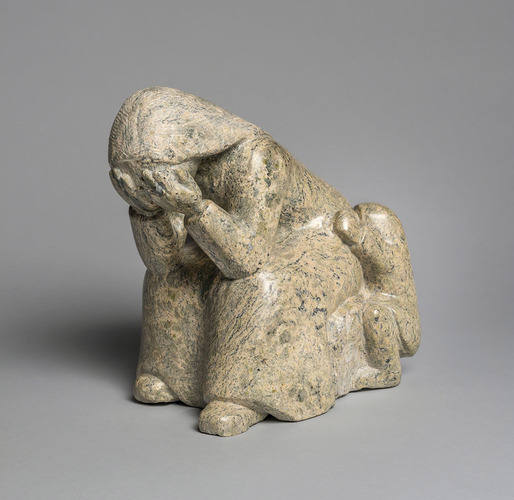
Oviloo Tunnillie, Oviloo and Toonoo, 2004
Serpentinite (Kangiqsuqutaq/Korok Inlet), 22.2 x 20.3 x 24.1 cm, signed with syllabics, collection of Barry Appleton
Human figures were impersonally dressed in culturally explicit fur clothing and were engaged in activities relating to pre-settlement living. Depictions of single human figures were rare and unemotionally engaged in an implied activity. Women were usually shown in their maternal roles with a child or children. The deep emotional expression conveyed in Oviloo’s work, as in such sculptures as Repentance, 2001, transcends the cultural or traditional while also speaking deeply to the artist’s own experiences.

Oviloo Tunnillie, Grieving Woman, 1997
Serpentinite (Tatsiituq), 35 x 12.5 x 11.3 cm, signed with syllabics, Winnipeg Art Gallery
The tragic episode of the death of her beloved father, Toonoo, must have contributed to Oviloo’s several self-portraits of grieving women. In 1969 Toonoo was shot to death by Mikkigak Kingwatsiak, the husband of Toonoo’s daughter Nuvalinga, in what was believed at the time to be a hunting accident. This shock re-emerged twenty-five years later when Mikkigak confessed to murdering Toonoo. Grief at her father’s death is the subject of Oviloo and Toonoo, 2004, in which the memory of him appears as a small figure that seems to be trying to reach his weeping daughter from a distance.
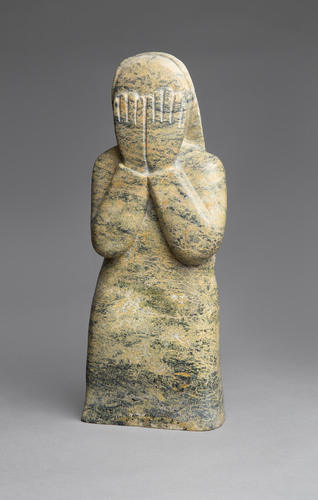
Oviloo Tunnillie, Woman Covering Her Face, 2000
Stone, 37.2 x 14.6 x 7 cm, collection of Jane Ross
In her work, Oviloo also addressed the suicide, in 1997, of her thirteen-year-old daughter, Komajuk. Mental anguish is expressed in a number of Oviloo’s sculptures from this date on, beginning with Grieving Woman, 1997, a quiet work that expresses profound grief through the body language of the female figure who moves slowly forward with head bowed and one hand pressed to her forehead. No facial expression is necessary to capture the figure’s anguish. In 2000, Oviloo created a nude and vulnerable Crying Woman, her face buried in arms folded on knees drawn up into herself. In both of these, covered faces cut the figures off emotionally from the outside world and create focused images of isolation and sadness.
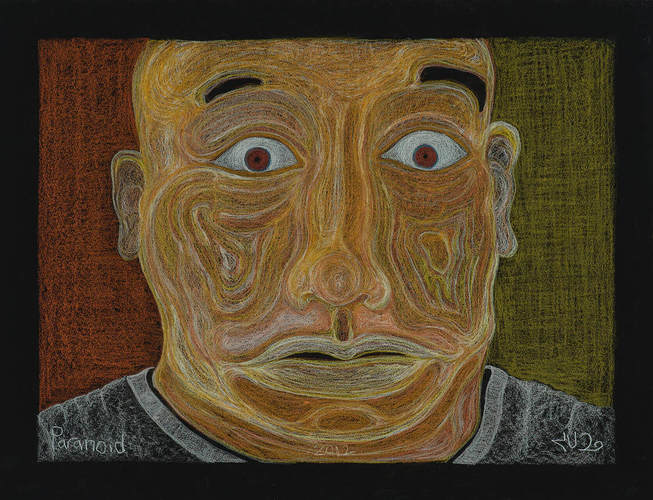
Jutai Toonoo, Paranoid, 2012
Graphite, coloured pencils on paper, 50 x 65 cm, Winnipeg Art Gallery
The unorthodox expression of inner states of mind was also a powerful feature of the graphic art and sculpture of Oviloo’s brother Jutai Toonoo (1959–2015), who may have been influenced by his sister. Both artists uniquely created human forms and figures devoid of a narrative context. Jutai’s non-narrative images of human heads and figures, such as Paranoid, 2012, are deeply personal and often portray restless sleep or dreamlike states. A bipolar disorder influenced his fierce independence from conventional subjects. Both he and Oviloo created their unique imagery in a community that had deep roots in culturally specific and narrative art forms.
This Essay is excerpted from Oviloo Tunnillie: Life & Work by Darlene Coward Wight.
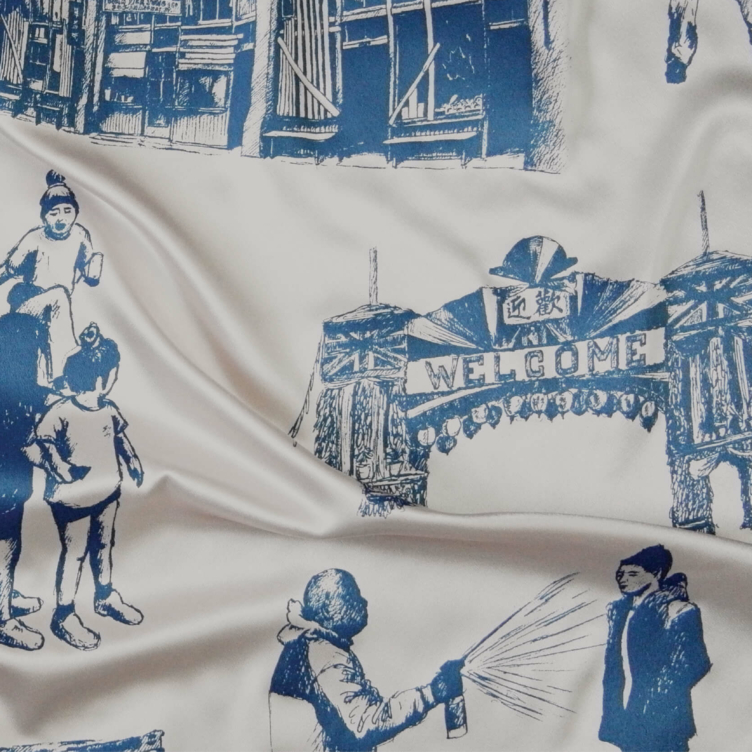 Karen Tam’s Autumn Tigers
Bridging Past and Present: Invisible Made Visible
By Imogene L. Lim, PhD
Karen Tam’s Autumn Tigers
Bridging Past and Present: Invisible Made Visible
By Imogene L. Lim, PhD
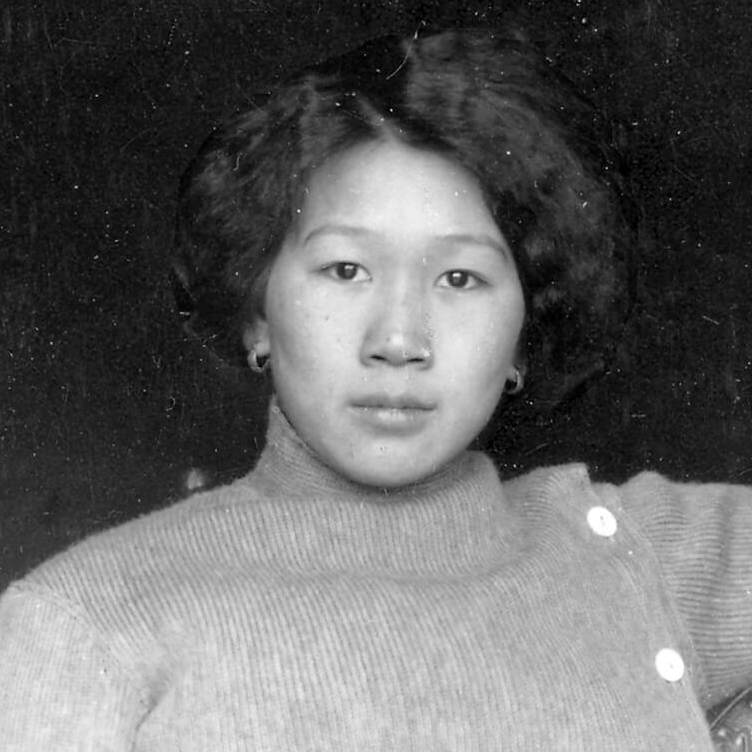 The Frontier Portraits of C.D. Hoy
A Chinese Canadian Photographer’s Tribute to His Community
By Faith Moosang
The Frontier Portraits of C.D. Hoy
A Chinese Canadian Photographer’s Tribute to His Community
By Faith Moosang
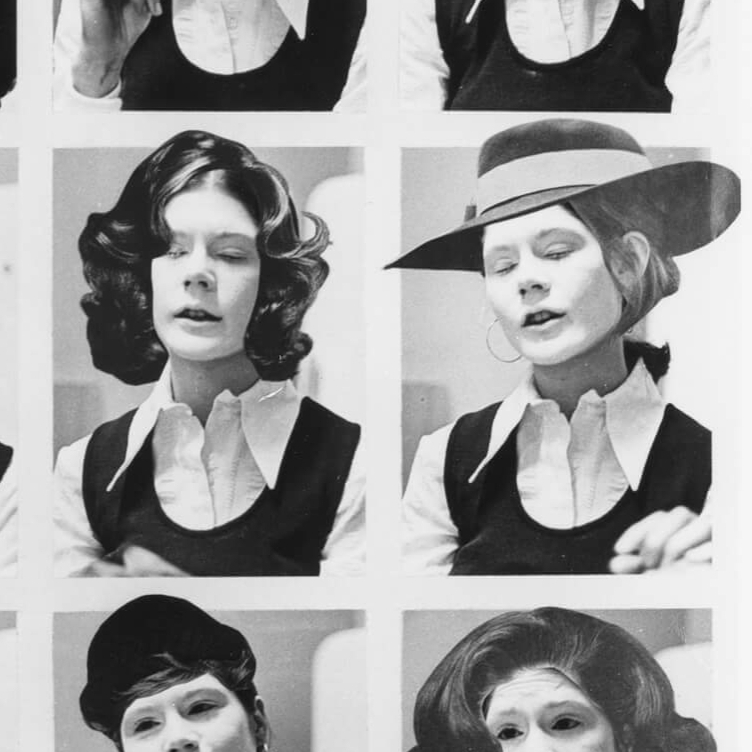 Interrogating Identity
Suzy Lake explores the role of photography in shaping how we understand and see ourselves
By Erin Silver
Interrogating Identity
Suzy Lake explores the role of photography in shaping how we understand and see ourselves
By Erin Silver
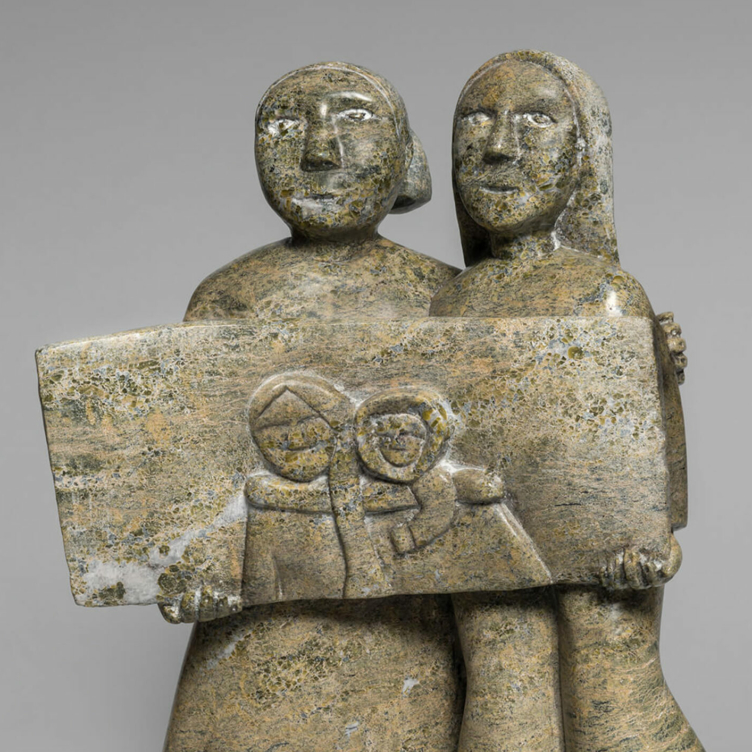 An Emboldened Artist
How Oviloo Tunnillie achieved rare international acclaim as an Inuit female sculptor
By Darlene Coward Wight
An Emboldened Artist
How Oviloo Tunnillie achieved rare international acclaim as an Inuit female sculptor
By Darlene Coward Wight
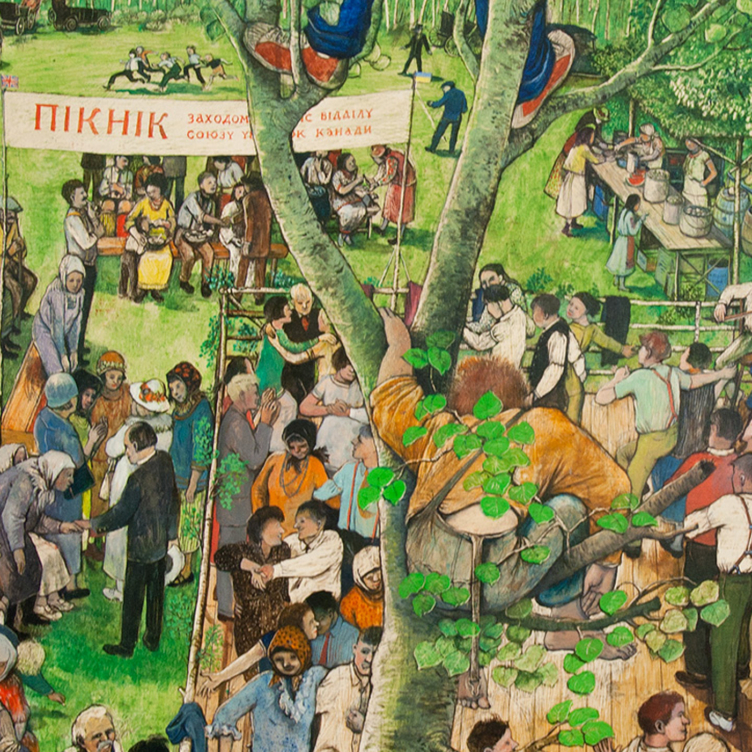 Painting the Cultural Mosaic
William Kurelek traversed the country in a quest to capture its diverse inhabitants
By Andrew Kear
Painting the Cultural Mosaic
William Kurelek traversed the country in a quest to capture its diverse inhabitants
By Andrew Kear
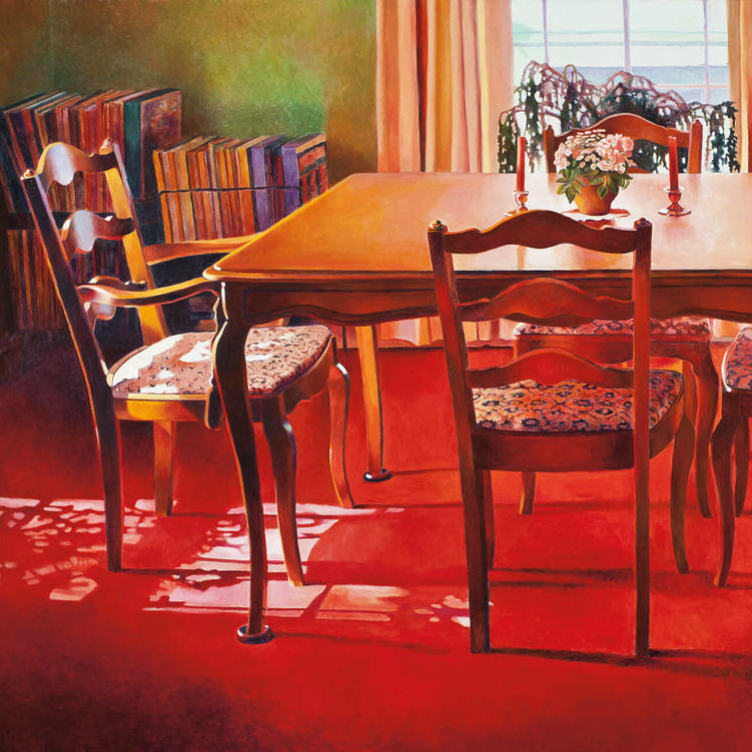 Domestic Discontent
Mary Pratt’s poetic scenes of home life are praised for their political edge
By Ray Cronin
Domestic Discontent
Mary Pratt’s poetic scenes of home life are praised for their political edge
By Ray Cronin
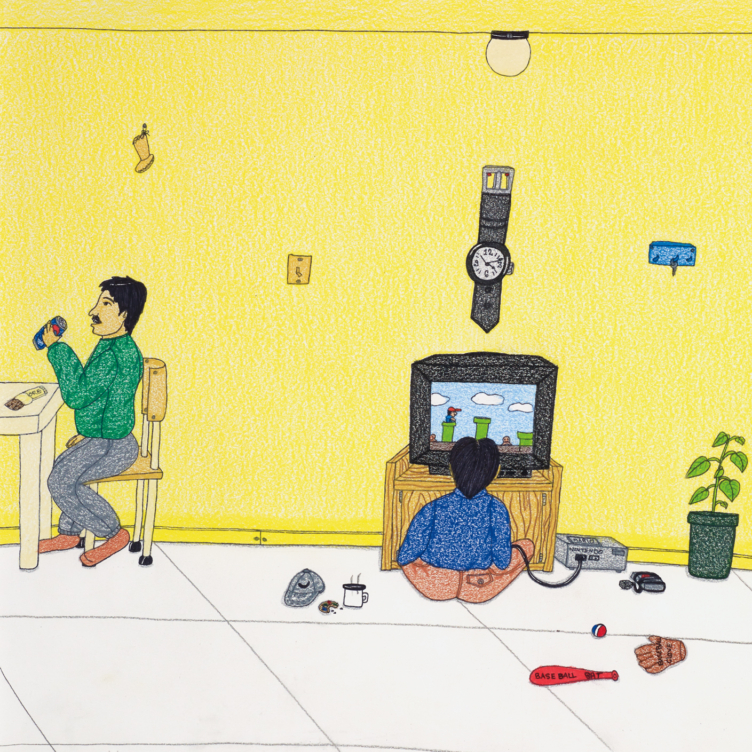 A New Vision of the North
Annie Pootoogook’s art offers unprecedented insights into the contemporary Arctic
By Nancy G. Campbell
A New Vision of the North
Annie Pootoogook’s art offers unprecedented insights into the contemporary Arctic
By Nancy G. Campbell
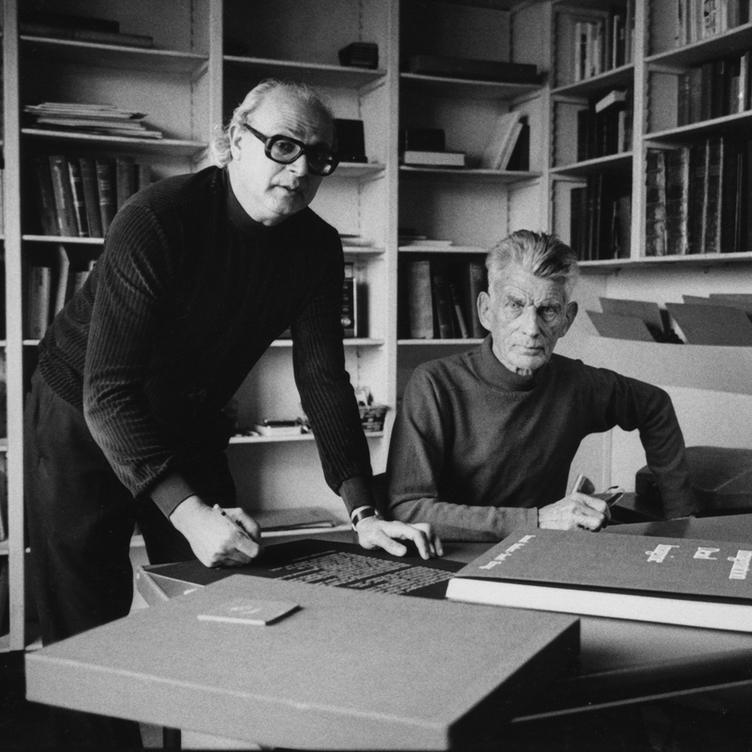 Meetings of Minds
Sorel Etrog found new ideas in collaborative work
By Alma Mikulinsky
Meetings of Minds
Sorel Etrog found new ideas in collaborative work
By Alma Mikulinsky
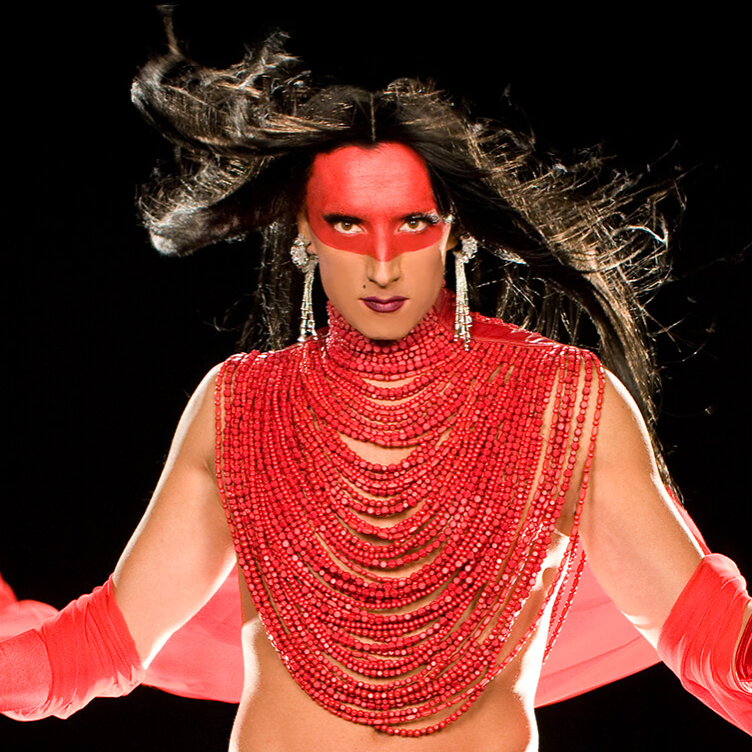 Introducing Miss Chief
An excerpt from the ACI’s book “Revision and Resistance”
By Shirley Madill
Introducing Miss Chief
An excerpt from the ACI’s book “Revision and Resistance”
By Shirley Madill
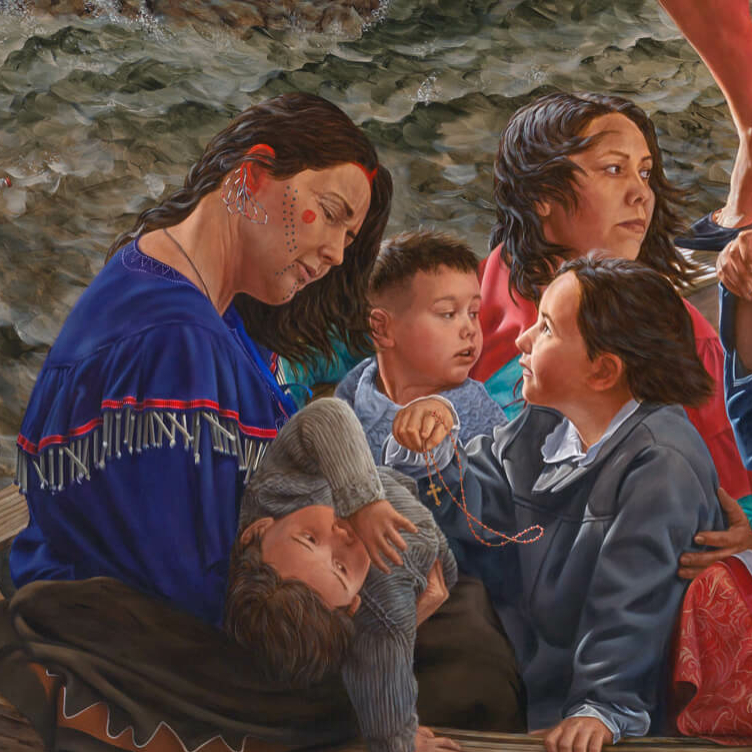 A Practice of Recovery
An excerpt from the ACI’s book “Revision and Resistance”
By Sasha Suda
A Practice of Recovery
An excerpt from the ACI’s book “Revision and Resistance”
By Sasha Suda
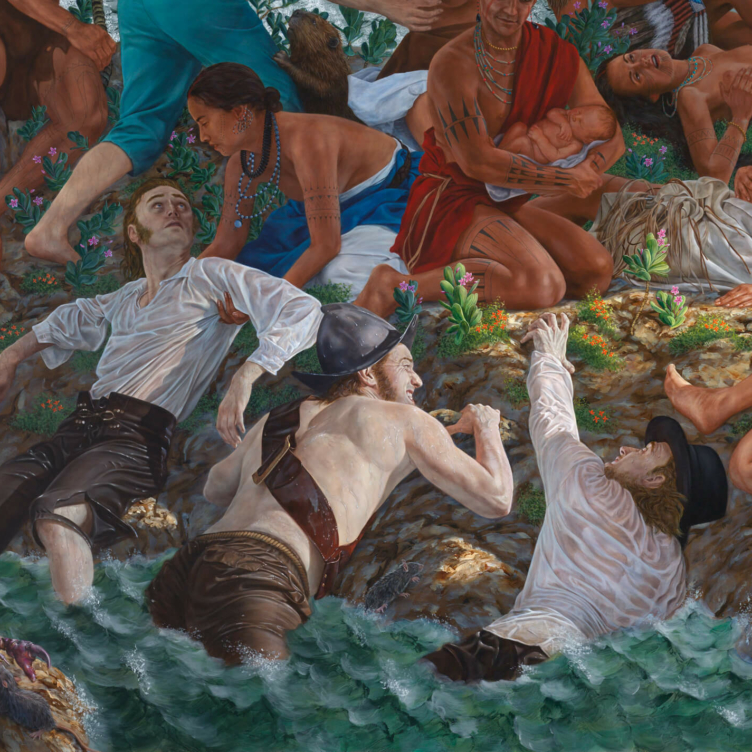 Decolonizing History Painting
An excerpt from the ACI’s book “Revision and Resistance”
By Ruth B. Phillips and Mark Salber Phillips
Decolonizing History Painting
An excerpt from the ACI’s book “Revision and Resistance”
By Ruth B. Phillips and Mark Salber Phillips
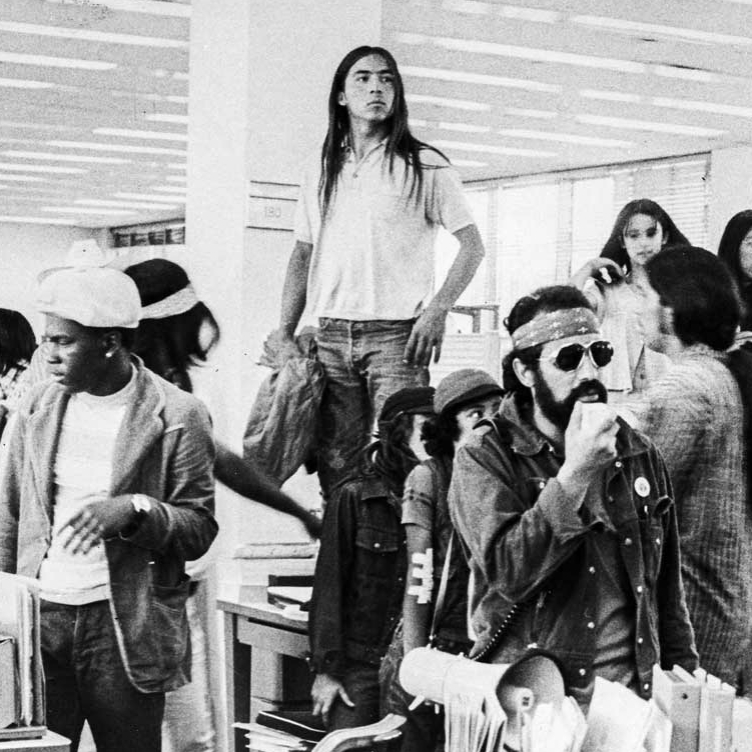 A Vision for the Future
An excerpt from the ACI’s book “Revision and Resistance”
By Nick Estes
A Vision for the Future
An excerpt from the ACI’s book “Revision and Resistance”
By Nick Estes
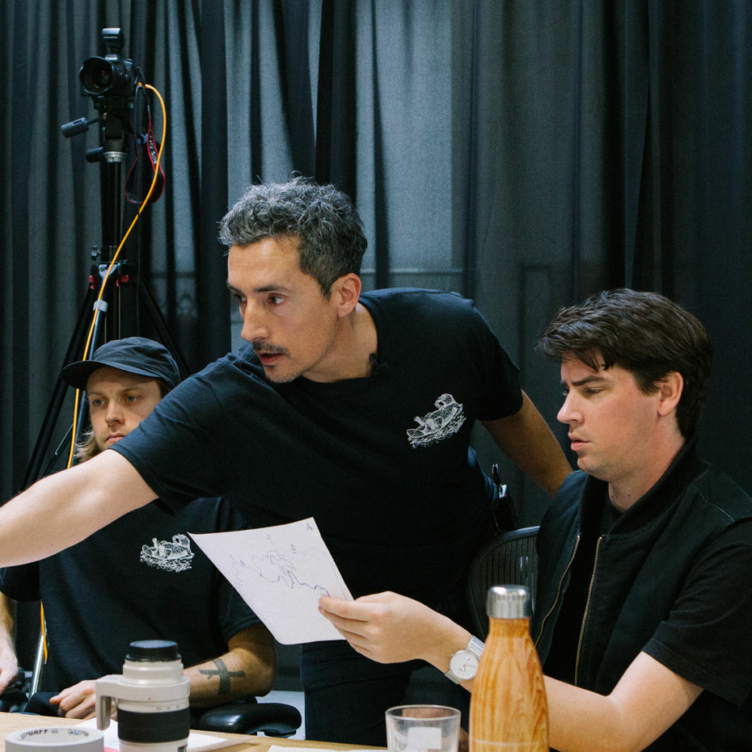 Inside Kent Monkman’s Studio
An excerpt from the ACI’s book “Revision and Resistance”
By Jami C. Powell
Inside Kent Monkman’s Studio
An excerpt from the ACI’s book “Revision and Resistance”
By Jami C. Powell
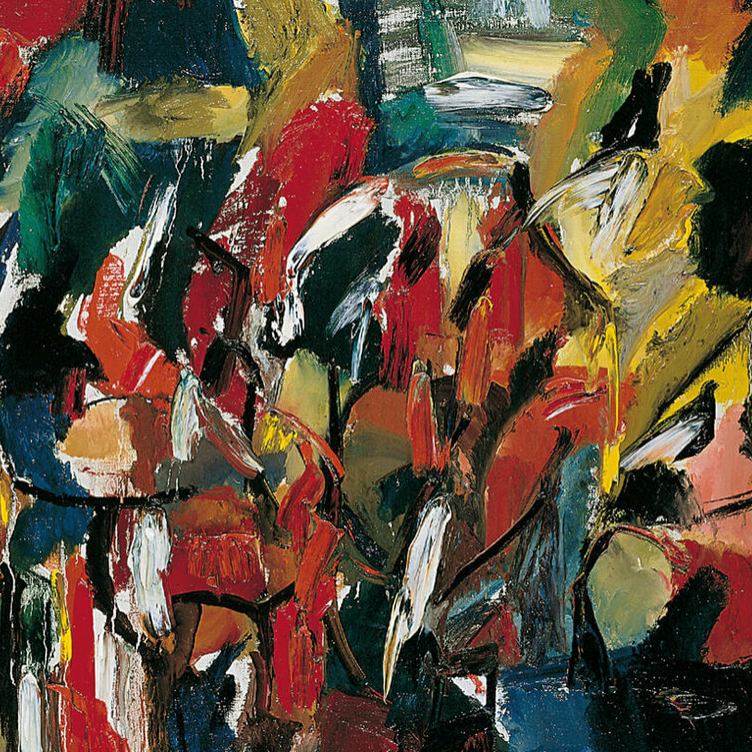 The Rule of Chance
Jean Paul Riopelle’s break with Automatism
By François-Marc Gagnon
The Rule of Chance
Jean Paul Riopelle’s break with Automatism
By François-Marc Gagnon
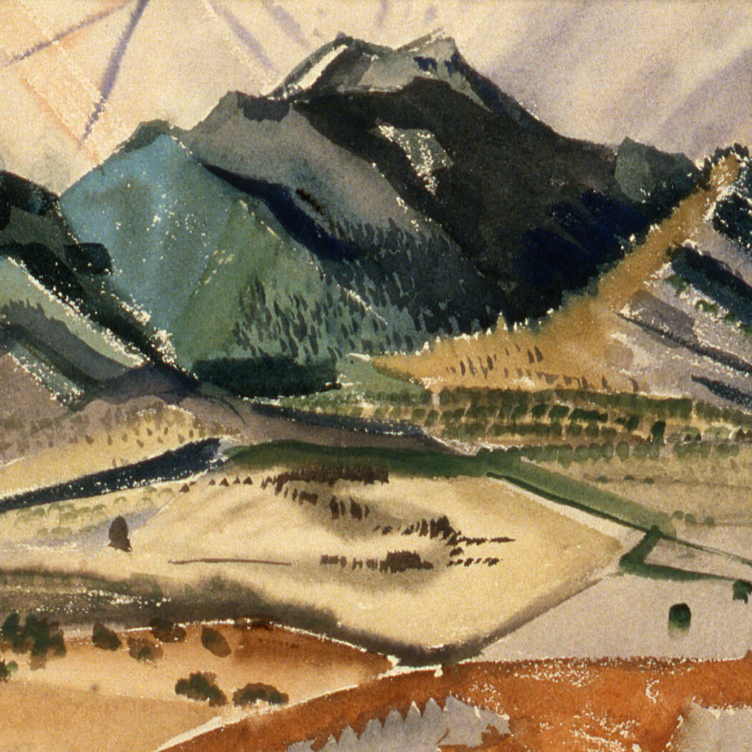 From Taos to New York
Agnes Martin and the currents of American Art
By Christopher Régimbal
From Taos to New York
Agnes Martin and the currents of American Art
By Christopher Régimbal
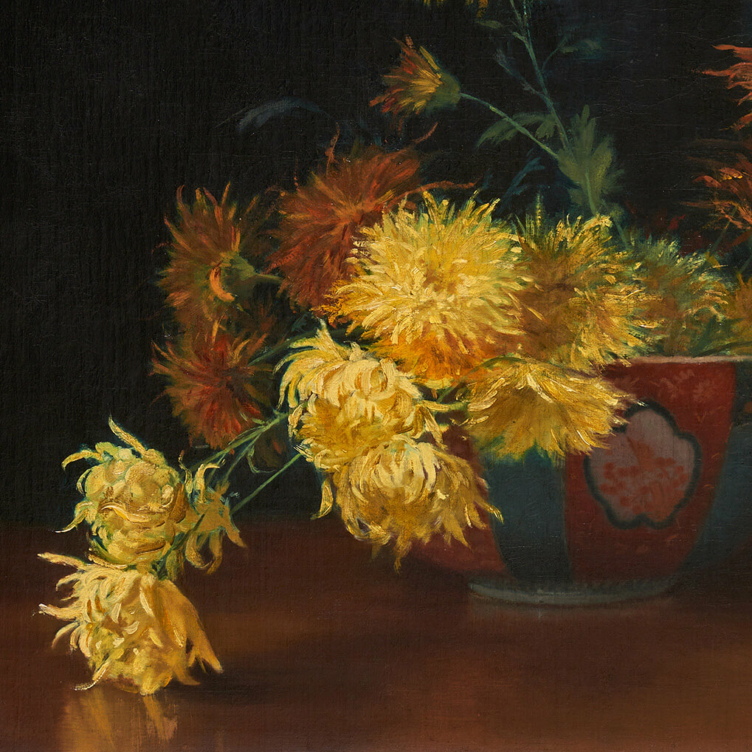 An Artist Blooms
Mary Hiester Reid’s floral aesthetics
By Andrea Terry
An Artist Blooms
Mary Hiester Reid’s floral aesthetics
By Andrea Terry
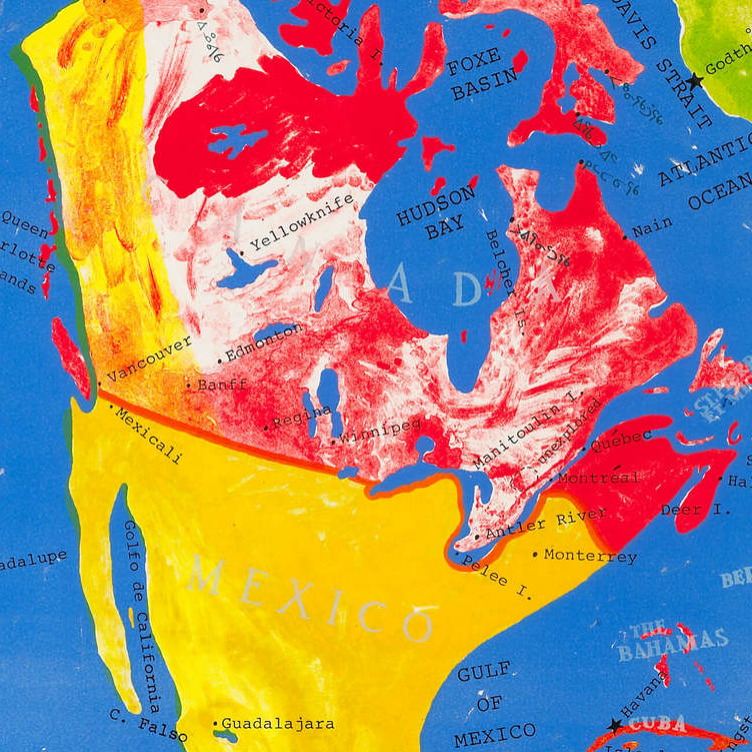 The Patriotic Painter
Greg Curnoe’s Canada
By Judith Rodger
The Patriotic Painter
Greg Curnoe’s Canada
By Judith Rodger
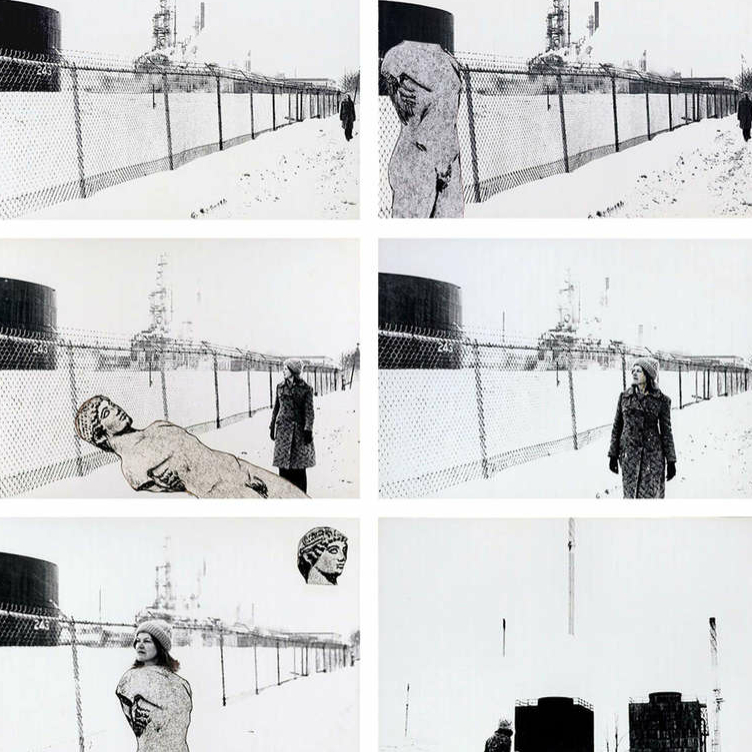 Walking, Stacking, Dancing
Françoise Sullivan’s conceptual 1970s
By Annie Gérin
Walking, Stacking, Dancing
Françoise Sullivan’s conceptual 1970s
By Annie Gérin
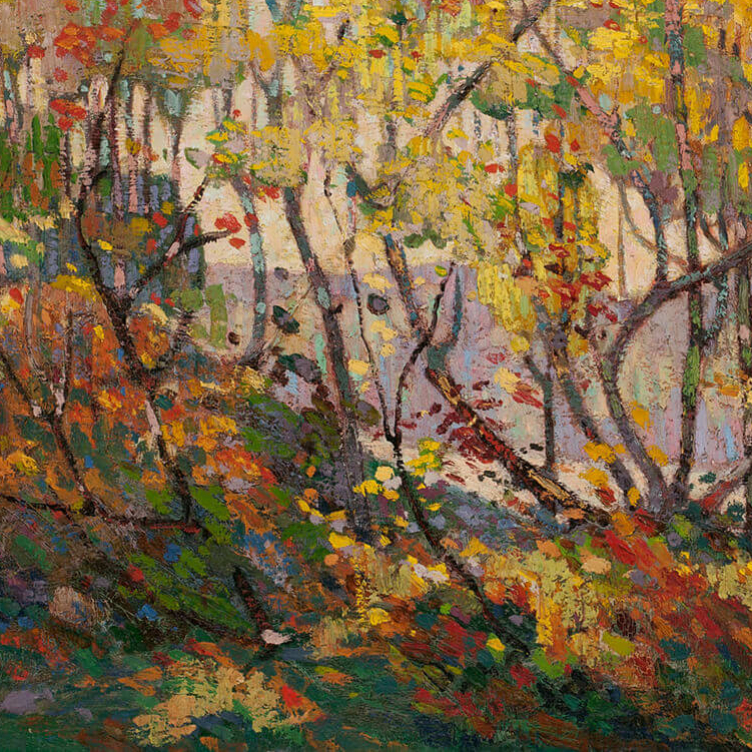 The Extraordinary North
Tom Thomson’s diary of landscape
By David P. Silcox
The Extraordinary North
Tom Thomson’s diary of landscape
By David P. Silcox
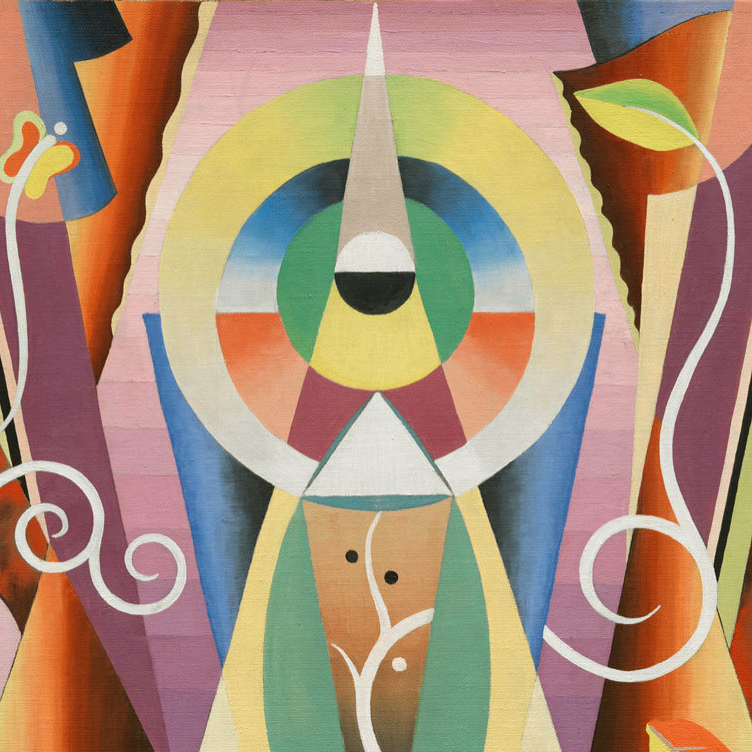 A Champion of Abstraction
Jock Macdonald sought a new expression in art
By Joyce Zemans
A Champion of Abstraction
Jock Macdonald sought a new expression in art
By Joyce Zemans